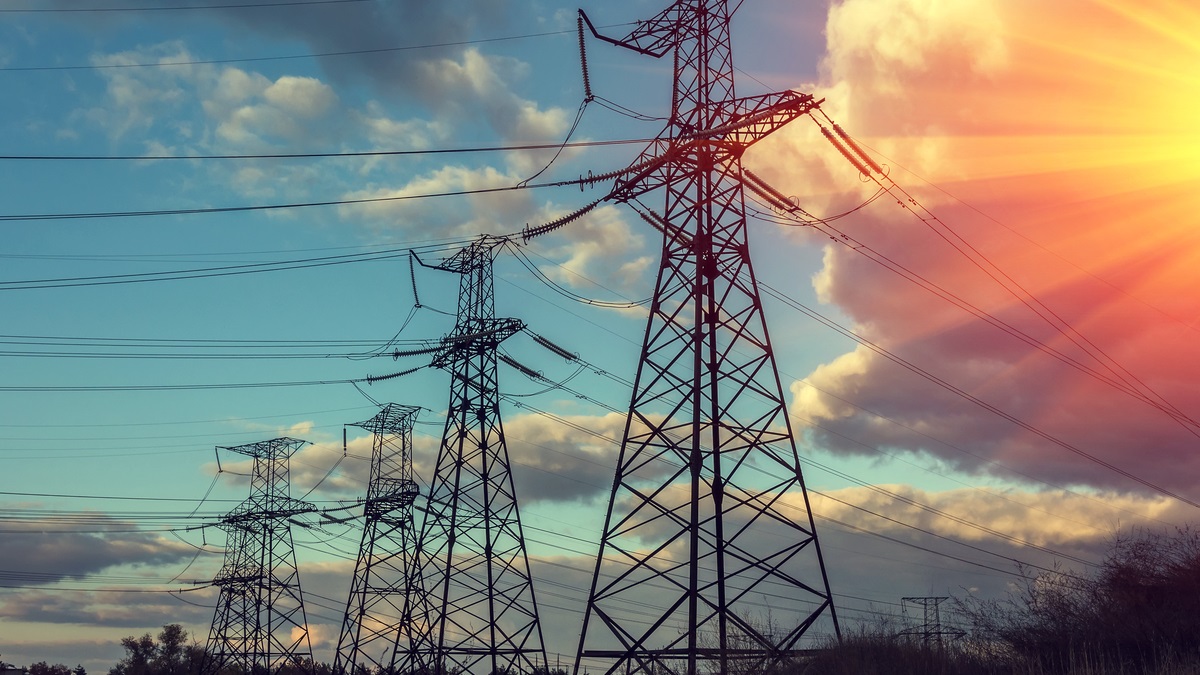
Microgrids – small, decentralised power hubs that use local sources of energy – have long been touted as a solution to the problem of ageing national grids, which are becoming increasingly prone to cyber attacks, blackouts and inefficiencies where power is consumed far from where it is produced.
Despite their potential, uptake has been patchy, so microgrids have yet to capture the public imagination. But AI technology is helping to turn them into viable hyper-local projects that can serve global carbon-reduction ambitions.
Harbouring clean energy ambitions
Rotterdam is the location of Europe’s largest seaport. Since August 2020, it has also been home to what’s understood to be the world’s first high-frequency, decentralised energy market, where port users share and sell clean energy.
“When we first met to discuss the project, the Dutch government had just been taken to court by citizens for failing to meet its carbon emissions targets. It lost the case. The port is a state asset and it accounts for a third of the entire country’s emissions, so people were very interested in this initiative,” says James Rilett, global innovation director at S&P Global Platts, one of firms that developed the supporting AI system.
It’s decarbonisation while saving money. That’s a pretty good sell.
Many port users have their own sources of clean power, such as solar panels. They have been equipped with an AI application that serves as an energy trader, creating prices that fluctuate according to supply and demand. Energy-intensive tasks in the port can be scheduled for when power is cheaper. Blockchain technology is used to anonymise users, validate transactions and uphold the market’s rules.
Since the market opened, energy costs for users have dropped by 11%, while producers have enjoyed a 14% increase in revenue, as they are no longer wasting excess energy. Once it’s working at full scale, the grid is expected to deliver an annual carbon saving of up to 30 million tonnes – crucial for the port, which has committed to carbon neutrality by 2050.
A salty solution for an icy city
Helsinki has committed to becoming carbon neutral by 2035 – earlier than many other cities are aiming for – but it has a big obstacle to surmount. Sub-zero winters are the norm in the Finnish capital, which burns coal for more than half of its heating needs.
In the spring of 2020, the city ran an international competition to find ways to reduce its dependence on fossil fuel. One of the winners, the ‘Hot Heart’ initiative, involves the use of AI and 10 giant thermal batteries – in essence, highly insulated cylinders of heated seawater located just off the Baltic coast – to receive, store and release clean heat to the city on demand. Excess renewable energy generated by Helsinki’s solar and wind assets will be converted by heat pumps, warming up the brine stored in the cylinders, which are each more than 250m in diameter. AI systems will monitor national grid fluctuations and local demand, issuing warmth from the cylinders back into the city’s heat-distribution system as needed.
Four of these structures will be capped with inflatable domes to house tropical forests, increasing the city’s public space and creating an offshore tourist attraction that’s in keeping with the concept of jokamiehenoikeus – the right to roam and enjoy nature. The project, still in the planning stage, is set for completion by 2028.
French tech firm Schneider Electric has been developing the AI control system. Andrew McKenzie, who leads its microgrid work in the UK and Ireland, says that, while ‘Hot Heart’ sounds like a unique concept, the AI element is highly replicable.
“There’s a lot to be learnt from the Helsinki microgrid, especially its scalability,” he says. “That scale has been a utopia for a lot of people in the energy world.”
The bright continent has a bright future
The issue of scalability – and the potential to install smart microgrids quickly and cost-efficiently – is an important one in Africa, where several countries have immature power distribution networks, which are costly and time-consuming to develop.
Demand for energy in Africa is rising at about 4.5% per year in line with population growth and the continent’s expanding middle class. Many African countries therefore stand to benefit hugely from AI-controlled microgrids and could become pioneers in realising the technology’s potential.
Richard Power is a partner specialising in energy at law firm Clyde & Co. He believes that “the motivation to create microgrids is stronger in Africa” than it is in Europe. “There is little existing infrastructure here and resources such as sunshine, wind and land are abundant, while many citizens are familiar with mobile and digital payment systems. All of these factors put African countries in a fantastic position to simply skip centralised power and go straight to microgrids.”
There’s a lot to be learnt from the Helsinki microgrid, especially its scalability. That scale has been a utopia for a lot of people in the energy world.
He reports that AI-controlled microgrids are already gaining traction in Nigeria, where 43.5% of the population is still without electricity. Renewable Africa 365, a humanitarian NGO, is using the technology to map out the best sites to install solar panels. It then matches this data with information pinpointing areas where the demand for electricity is highest,meaning that grids can be created at the most appropriate locations.
The data-backed nature of its proposed projects offers reassurance to investors and policy-makers. This is important, because the development of AI-controlled microgrids ultimately hinges on whether investors can be convinced of their value. If that happens, our homes, villages, towns and cities could become independent traders of clean power sooner than we might imagine.
Rilett is confident of such an outcome. “It’s decarbonisation while saving money,” he says. “That’s a pretty good sell.”
